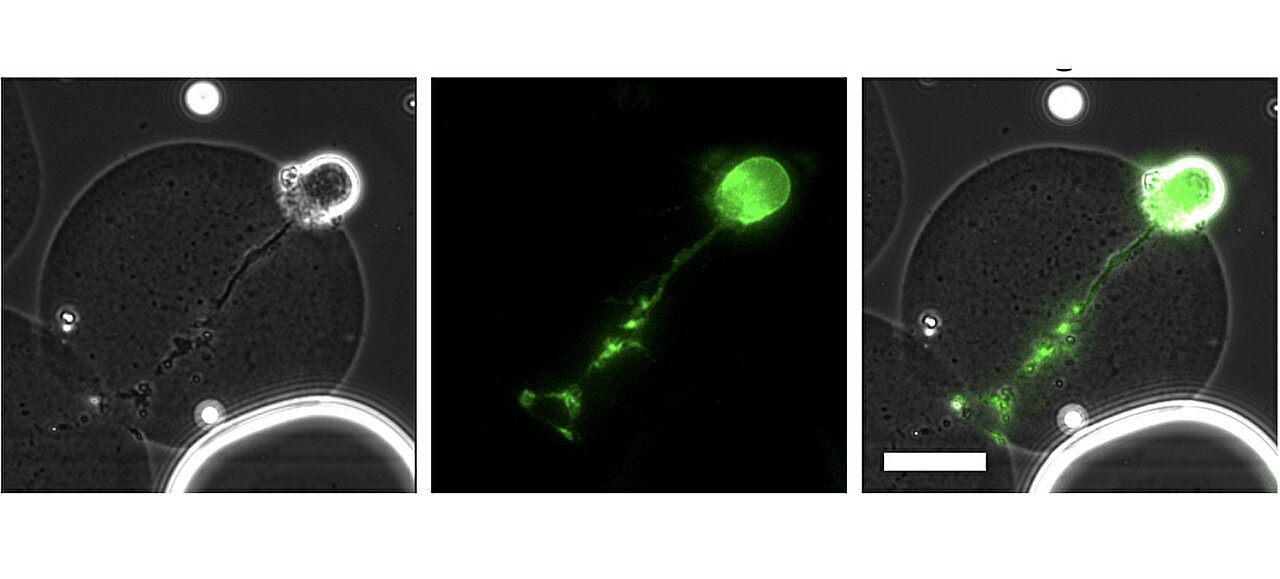Scientists from Montana State University (MSU) have published novel research that explores how individual cells respond to viral infection. The research, which is the first of its kind to use microfluidic technology to culture, infect, and track infection at a single-cell level, was recently published in Science Advances under the title "Single-cell herpes simplex virus type 1 infection of neurons using drop-based microfluidics reveals heterogeneous replication kinetics."
The interdisciplinary team, comprising scientists from MSU's College of Agriculture, Norm Asbjornson College of Engineering, and the Center for Biofilm Engineering, was led by faculty members Matthew Taylor and Connie Chang. Taylor is an associate professor in the Department of Microbiology and Cell Biology, while Chang, who spent nearly a decade in the Department of Chemical and Biological Engineering, now holds a faculty position at the Mayo Clinic in Minnesota.
The team also included graduate students Jake Fredrikson, Luke Domanico, and Shawna Pratt, along with Emma Loveday, who completed her postdoctoral work during the project and is now an assistant research professor in the MSU Center for Biofilm Engineering.
The researchers used drop-based microfluidics, a process that allows scientific experiments to be conducted on a microscopic scale more quickly and with less expense than standard methods. This technology enabled the team to create tiny gel beads, each containing a single cell, in which they could grow neurons, introduce them to the herpes simplex virus-1, and observe the infection process in 3D and in real time.
Interestingly, the team found that not all cells responded to the virus in the same way. While most of the cells turned yellow, indicating infection, not all of them turned red, which would signify the virus replicating itself. This unexpected finding suggests that some cells were able to halt the virus's replication process.
The team's innovative use of microfluidics technology and their examination of the cellular response to infection at a single-cell level could pave the way for future research into other types of cells and infections. This could potentially lead to the development of new treatments and cures.
Moreover, the use of drop-based microfluidics, which allows for experimentation on a smaller scale, could reduce the cost of research and enable more scientists to conduct cutting-edge research.
This project exemplifies the power of interdisciplinary collaboration in driving scientific breakthroughs. As Chang noted, "These are always the best projects, the ones that bridge disciplines, where you're merging your expertise with somebody else's expertise." Taylor echoed this sentiment, stating, "I'm most proud of the paper because it really demonstrates the heart of collaboration."




0 Comments